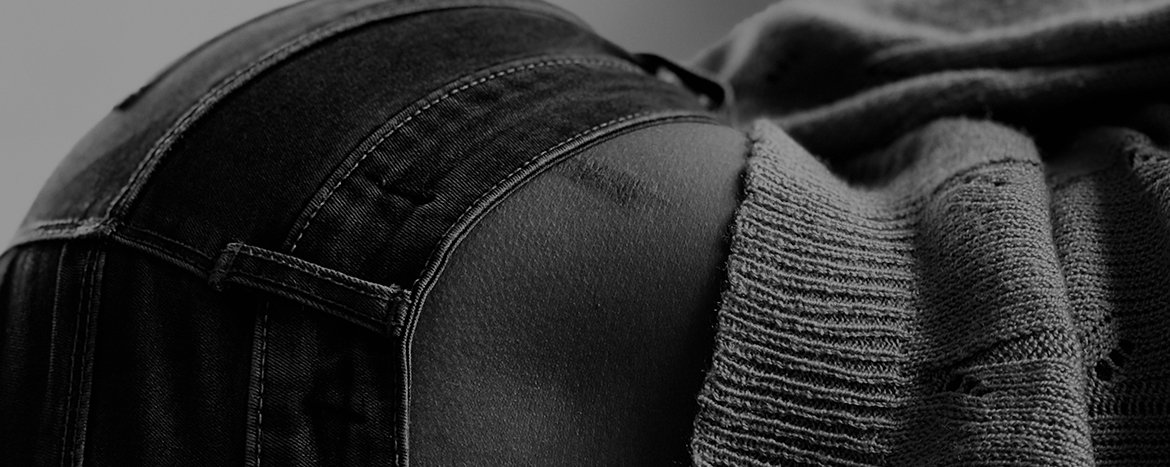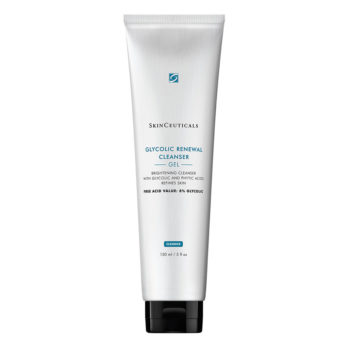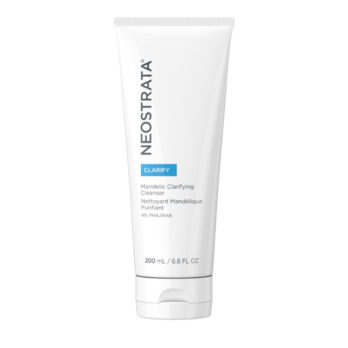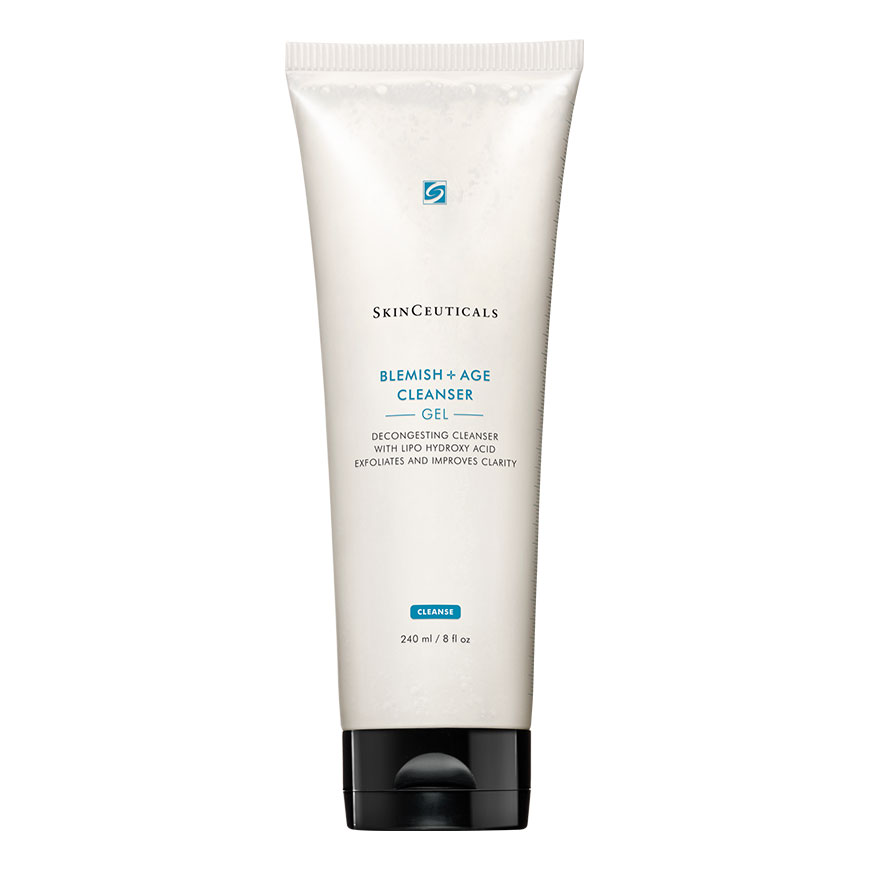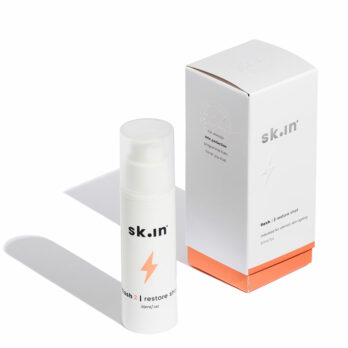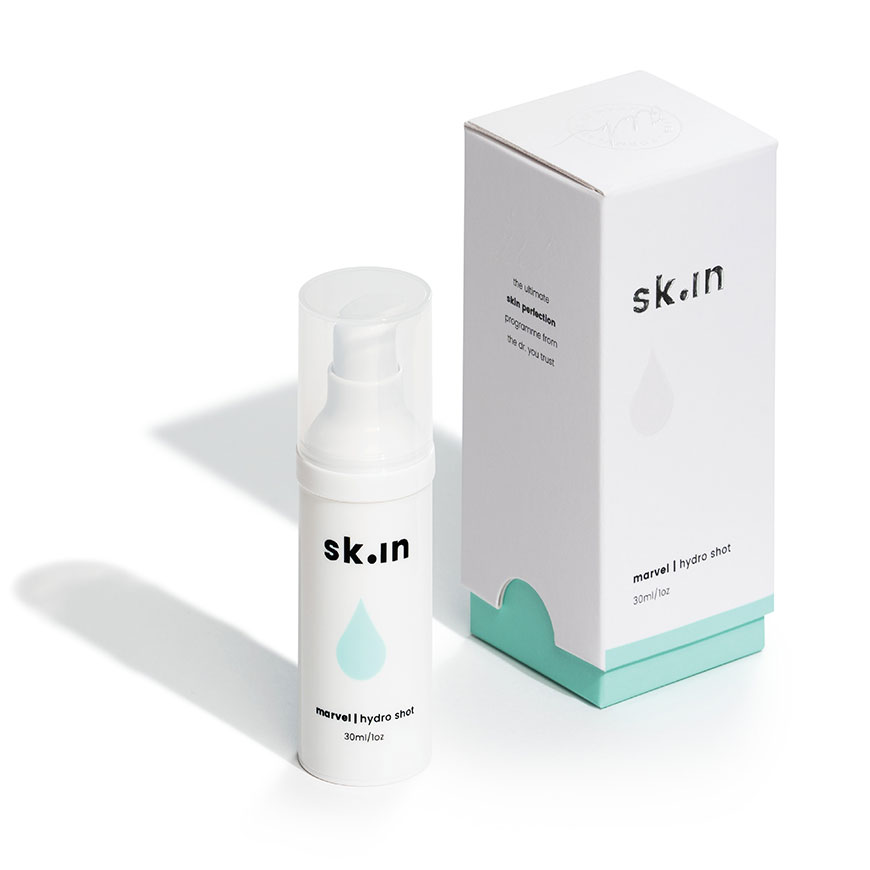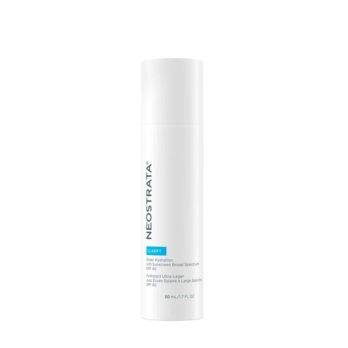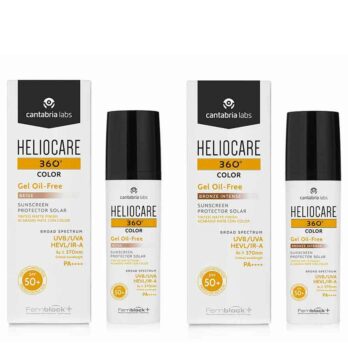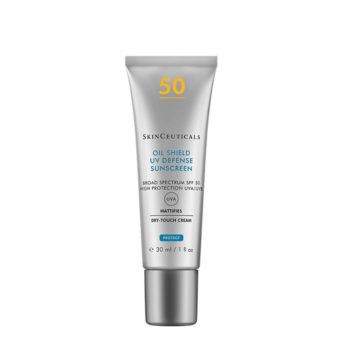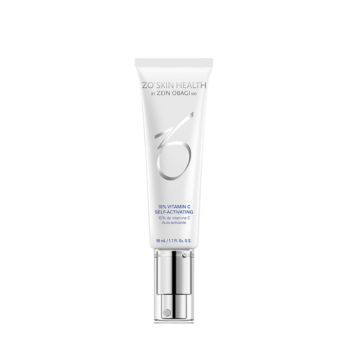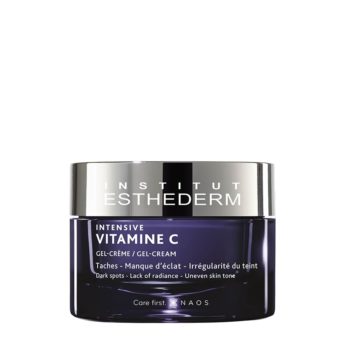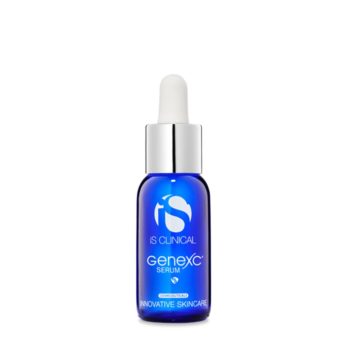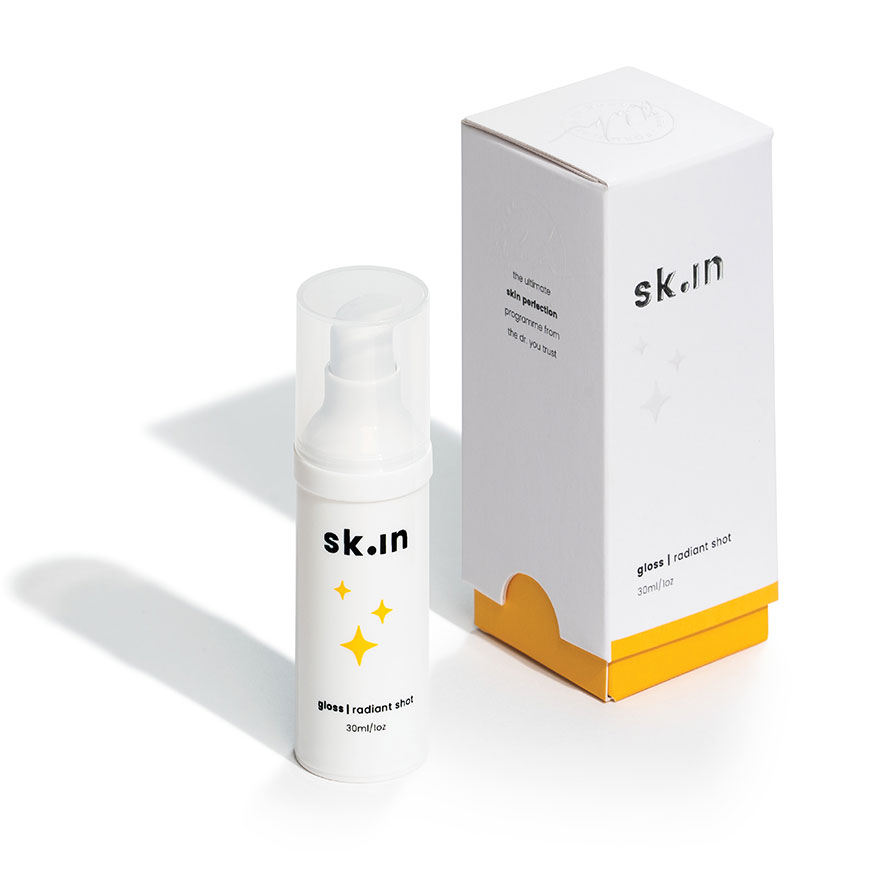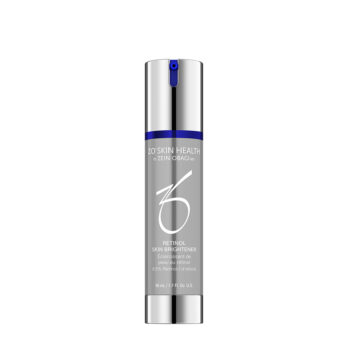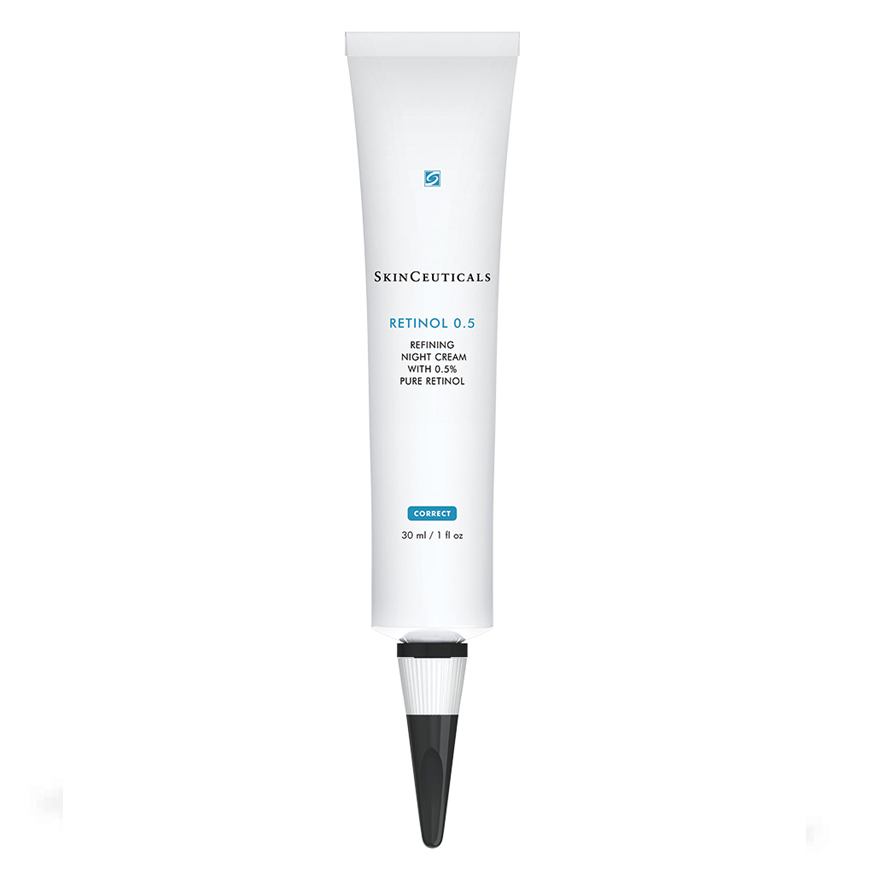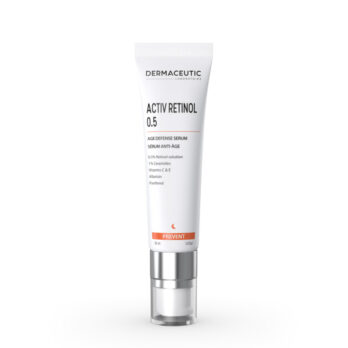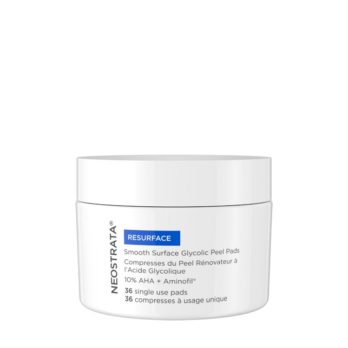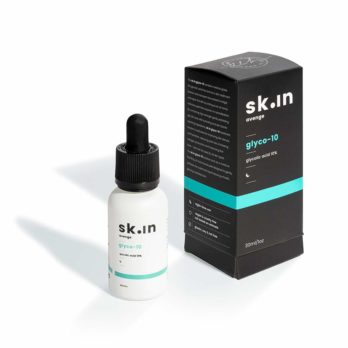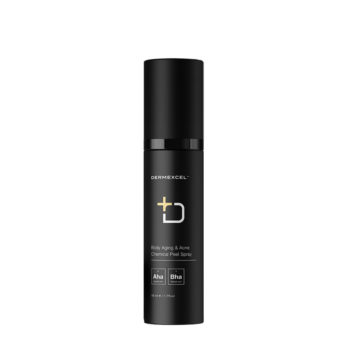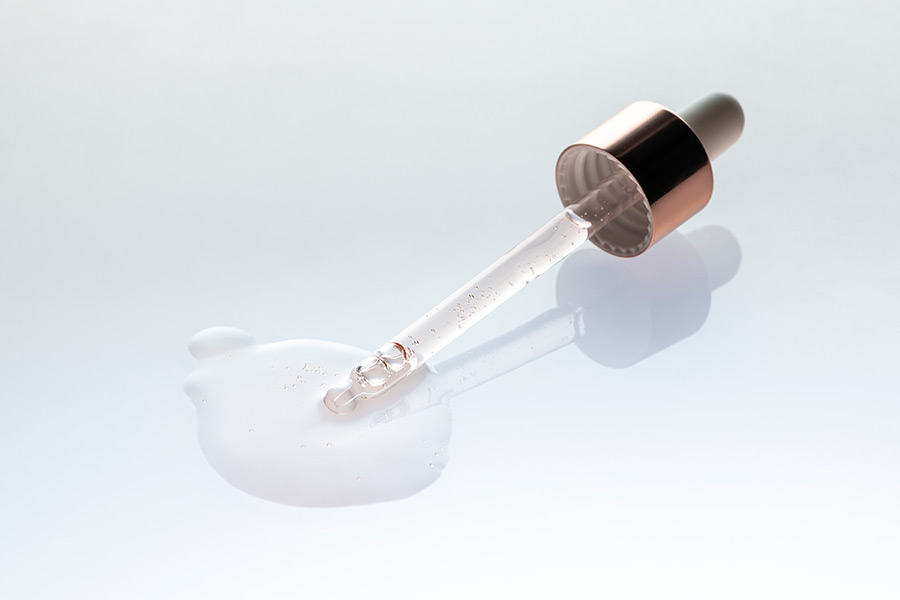If you’re reading this, then you probably already know that there’s no magic wand that can get rid of an acne scar overnight. Luckily, there are effective products and treatments that reduce the appearance of scars over time. Here’s everything you need to know…
What are acne scars?
Scarring occurs when skin experiences trauma, and in the case of acne, the trauma is related to inflammation. When the damage to the dermis is severe, the skin can respond by quickly creating an abnormal amount of connective tissue in an attempt to heal itself. Depending on the blemish and skin type, this natural repair process can lead to tone and texture that looks and feels different from the rest of your skin.
Different Types of Scars Explained
Like snowflakes, acne scars come in all shapes and sizes. These are generally categorised into hypertrophic and keloid (or raised) scars and atrophic or depressed scars. In order to treat the different types, it’s helpful to learn how to distinguish between them. The five types of acne scars are:
Hypertrophic scars: bumpy, raised scars that result from the production of too much tissue
Keloid scars: a type of hypertrophic scar that extends beyond the original site of the injury
Boxcar scars: deep impressions with well-defined edges leftover from picking at cystic acne
Ice pick scars: small impressions with sharp edges
Roller scars: deep impressions with rounded, sloping edges leftover from picking at cystic acne
Superficial acne marks, like dark brown or red dots, must be distinguished from acne scars. Also known as post-inflammatory hyperpigmentation (PIH), acne marks are formed when there is damage to the skin which leads to abnormal pigment production. Unlike scars, PIH marks are smooth to the touch, and as there is no permanent collagen damage, these tend to fade on their own over time but occasionally will need depigmenting treatments. That said, there are several options to speed up the process. But more on that later.
How can you prevent acne scarring?
The best way to avoid scarring is to prevent breakouts from happening in the first place – and never, ever pick the spots. To do this, one must have a diligent skincare routine. If you’re a minimalist, then we recommend you give this easy acne routine a try:
Step 1: Morning and night, wash your face with a gentle, sulphate-free alphahydroxy (AHA like glycolic acid) or betahydroxy acid (BHA like salicylic acid) cleanser to dissolve excess oil and bacteria without stripping your skin or leaving it irritated.
Step 2: At night only, apply an acne treatment with active ingredients like salicylic acid, retinol, benzoyl peroxide and niacinamide.
Step 3: Morning and night, use a lightweight, oil-free moisturiser that contains hydrating ingredients like hyaluronic acid, glycerin, and ceramides.
Step 4: In the morning only, wear oil-free sunscreen that contains SPF 30 or more, provides broad-spectrum protection, and is non-comedogenic.
How to Get Rid of Acne Scars
Treating acne scars and marks can be tricky. Thankfully, there are topicals and professional in-office treatments that can significantly improve their appearance.
Target Discolouration First
If you’re looking for more instant results, we recommend addressing the discolouration that accompanies scarring first. The star ingredient for fading discolouration is vitamin C, which is brimming with antioxidants and has serious brightening benefits.
ZO® SKIN HEALTH 10% Vitamin C Serum 50 ml
Original price was: R3,560.00.R2,845.00Current price is: R2,845.00.Additionally, retinol —a derivative of vitamin A, is well-loved for leaving skin looking brighter and smoother.
ZO® SKIN HEALTH Retinol Skin Brightener 0.5%
Original price was: R3,800.00.R3,040.00Current price is: R3,040.00.DERMACEUTIC Activ Retinol 0.5
Original price was: R1,405.00.R1,205.00Current price is: R1,205.00.Another at-home option is performing regular chemical peels (at a lower dosage) infused with acids such as glycolic, lactic and salicylic, which gently exfoliate to calm down redness and inflammation.
Try Professional Treatments
Some acne scarring needs more advanced treatments that can help to resurface the skin. There’s microneedling and needling devices such as Dermapen, which promotes collagen production by delivering gentle microscopic injuries to your skin. The idea is to help fill the depressions left behind by acne. Hyaluronic acid-based fillers can also be used for plumping up pitted skin to make it more even. When used correctly by a professional, a glycolic acid peel is a quick and effective way to rejuvenate the skin. It acts as an exfoliant dissolving the bonds between dead skin cells, revealing smooth skin below. And then there’s laser treatments, which work by emitting a wavelength of light or radio frequency while penetrating your skin to soften the scar and stimulate the development of healthy collagen.
Old Scars Can Be Treated, Too
When it comes to treatment, the sooner you treat the scar, the better the results will be. New and red or pink scars are more amenable to treatment because they’re still healing. Once a scar turns white, it becomes more challenging to treat with topicals alone – but it’s not impossible. On average, scars are active for 12 months, after which the scar is fully healed – completely white, no pink. This is the time when plastic and reconstructive surgeons typically recommend scar revision surgeries. And remember, consistency is key in order to see improvement: about eight weeks for newer scars and three to six months for existing ones.
Some of Us Are More Prone to Scarring than Others
The unfair truth is that some people barely suffer from scarring. Unfortunately, it’s got nothing to do with luck and everything to do with our genetics and skin type (oily). Darker skin types that have more pigment potential also have to be particularly careful when it comes to post-inflammatory hyperpigmentation. We recommend giving your skin some extra TLC with products specially formulated for darker skin.
Say hello to baby-smooth skin!
Yours in skin,
Dr Alek and the SkinMiles Team



